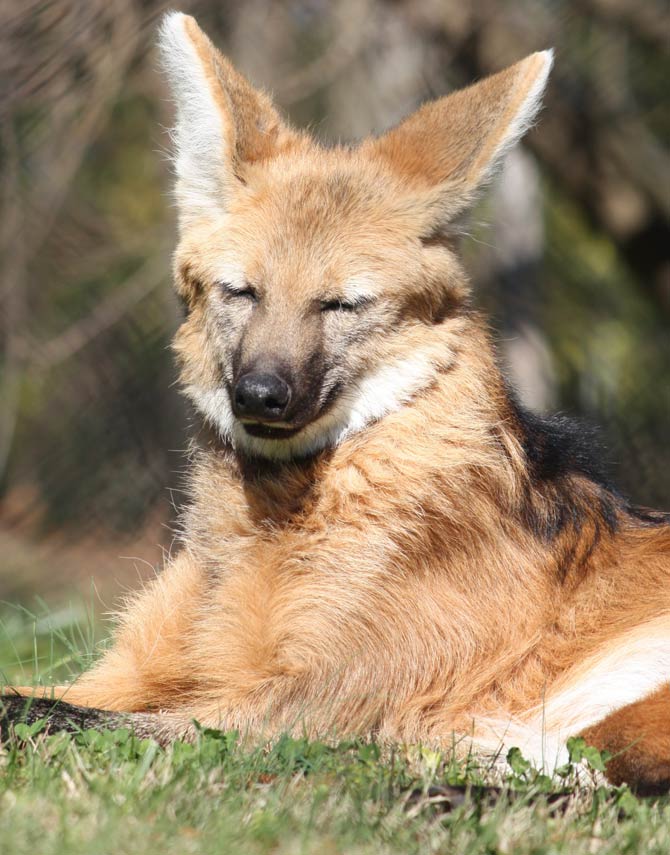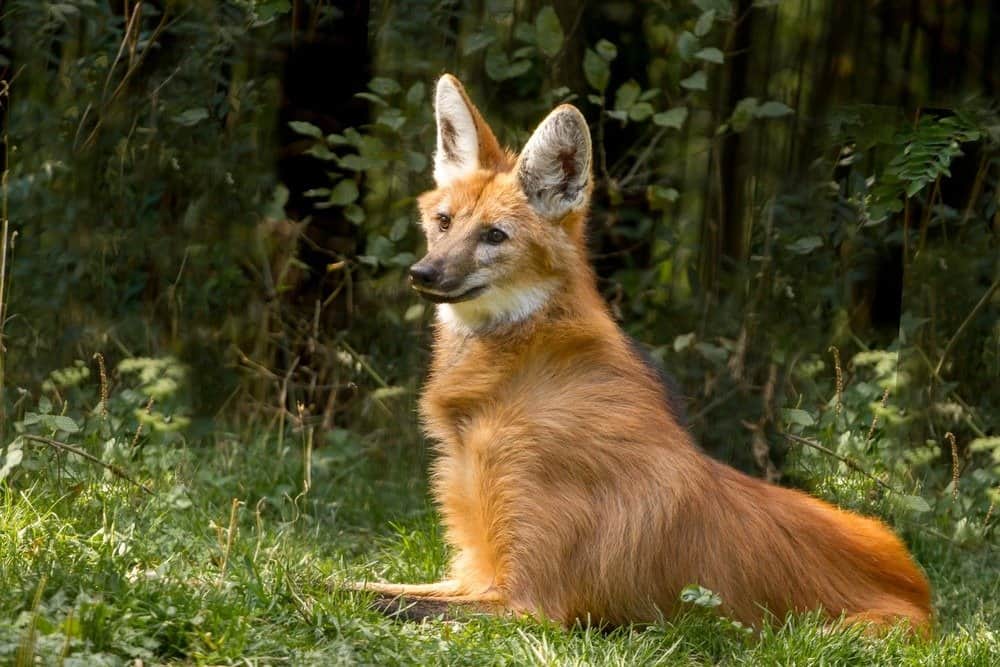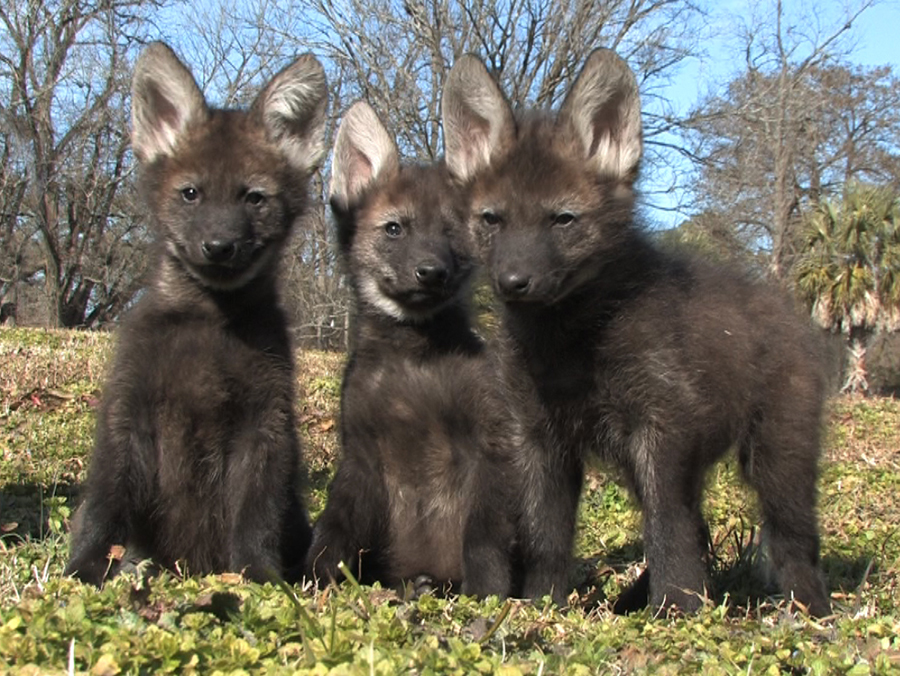

They eat small mammals such as rodents, rabbits and insects. They eat seasonally abundant fruits and vegetables and are particularly interested in lobeira, whose name means "fruit of the wolf." It is a small tomato-like berry that, along with other fruits and vegetables, makes up 50 percent of the maned wolf's diet. 2015, “Solanum Lycocarpum Fruit (Wolf’s Apple).” Maned Wolf Research Institute, WordPress,, /solanum-lycocarpum-fruit-wolfs-apple/.Maned wolves are omnivorous eaters and primarily solitary hunters. “Not a Deer, Wolf or Fox, the Maned Wolf Is Fascinating.” Animalogic, YouTube, 9 Oct. 2018, nationalzoo.si.edu/animals/maned-wolf. 2017, “Maned Wolf.” Smithsonian’s National Zoo, 23 Nov. “The Maned Wolf Is Not A Wolf, Fox, Coyote Or Dog, But It Is Fascinating.” Reshareworthy, 10 Jan. “Maned Wolf – Facts, Size, Diet & Habitat Information.” Animal Corner, Animal Corner, .uk/animals/maned-wolf/. South America hosts some incredibly fascinating life it is essential that we work to preserve it so we can keep beautiful beasts such as the maned wolf alive. Although it is certainly better off than a number of other animals in the continent, the large amount of habitat destruction within South America has been causing the animal’s population to plummet in recent years. It lives east of the Andes, in Brazil, Paraguay, Peru, and Bolivia. The maned wolf is currently listed as near threatened. The young typically stay under the care of their parents for one year.Īnd, just to make you smile, here’s another baby:Īs you can see, the maned wolf doesn’t develop a complete red coat until adulthood. The creatures mark their territory by the use of a particularly strong-smelling urine that is described as smelling strangely identical to marijuana. A male and female will take care of their young together and defend a 10-mile radius of territory. Also unlike wolves, the species does not travel in packs, but rather in monogamous pairs.

Instead, it produces a noise described as a hybrid between a bark and a roar. Unlike wolves, the maned wolf cannot howl. It may give the canine protection from giant kidney worms, it also likely lowers the animal’s high cholesterol levels. There are a number of theoretical reasons why the maned wolf eats this fruit so excessively. The wolf apple gained its name purely as a result of its excessive consumption by the maned wolf. In addition to the small mammals that they hunt during nighttime, about 50% of the canine’s diet consists of plants: including sugarcane, tubers, and wolf apples. Unlike typical canines, maned wolves are omnivorous. To make itself more intimidating, these hairs flare straight up when the animal is threatened.
#MANED WOLF ORDER PATCH#
The maned wolf gets its name from the thick, often black patch of hair on the back of its neck. The height is the result of its long legs, which it is thought to have developed in order to see above tall grass in the grasslands of South America, where the species predominantly resides. However, it stands taller than any wolf, with an average height of around 4.10 feet on all fours. The maned wolf is lighter than one may think, weighing typically 50-55 lbs. Its closest living relative is the bush dog, although the two have practically nothing in common. The maned wolf is the only living member of its genus: chrysocyon, which means “golden dog”.

It has a bright red coat, similar to that of a red fox and, although the first picture doesn’t depict them too well, obnoxiously long legs:

Although the maned wolf does not take down large prey like all of the other specified canines thus far, its incomparable physical features give it a number of boasting rights of its own. This is the maned wolf, but I’ll discuss how it’s technically not a wolf at all. Frankly, there are no canines in the continent notably bigger than a fox. Despite the fact that it’s notorious for its biodiversity, there are no species of wolves in all of South America. Nearly everyone has heard of these species, but I skipped over one continent entirely. Africa contains the African wild dog/painted wolf. North America, Asia, and Europe all hold varying subspecies of the famous gray wolf. Each continent, except Antarctica, has a largest wild canine species to brag about. Whenever there is talk about a canine, my fascination turns me into a small child.


 0 kommentar(er)
0 kommentar(er)
